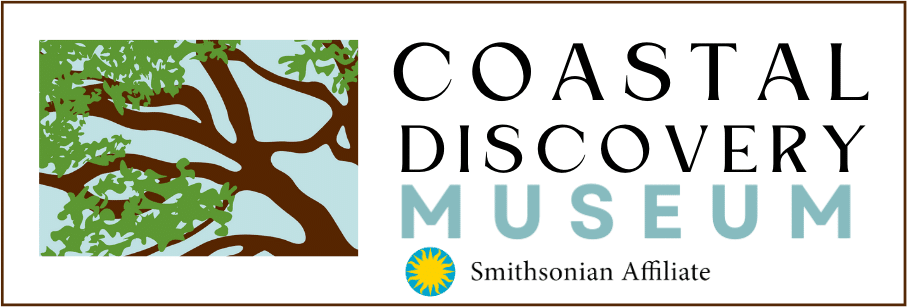Explore More at Honey Horn: Discovery House and Natural Permanent Exhibits
Imagine what Hilton Head Island was like before the first bridge was built in 1956! Visiting the Discovery House is your best introduction to our unique history and environment. While this island is now renowned for its golf courses and beaches, after millennia of Native American stewardship it also played a vital role in the founding of America, the Revolutionary and Civil Wars, and the Reconstruction Era.
Get in Touch with Nature. You can learn about the area’s natural history and culture in the museum, but unlike other museums, our most beautiful, peaceful and inspiring exhibits are outside! You can explore nature up close along our 2-mile trail that takes you out over the saltmarsh, underneath gigantic live oaks, through beautiful gardens, past outdoor sculptures and historic buildings, and deep into the woods.
Share with your Family. It's fun for kids and your inner child. You will find lots to share, reflect upon, and talk about -- from our exhibits and videos to hands-on elements like our seashell ID table where you can learn all the common shells that are found on our beaches. Our expert staff can also answer questions like "Why are there so many alligators on the island?" These amazing reptiles call the Lowcountry home and were here long before we were. Learn about their habits and habitat and how you can safely watch them basking on the banks of a lagoon on a warm sunny day.
There's always more to discover. Gain knowledge while you make memories, always "On Display" at Coastal Discovery Museum.
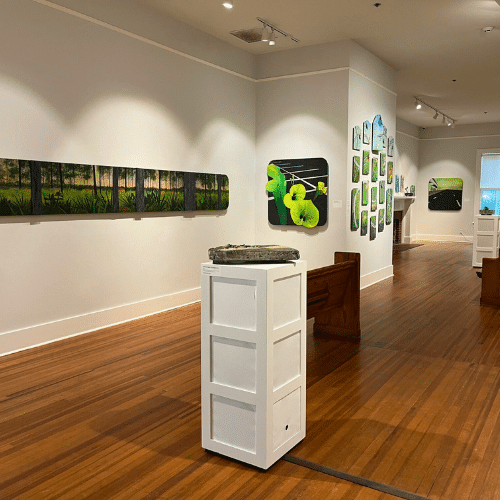
Explore More at Honey Horn: Discovery House and Natural Permanent Exhibits
Imagine what Hilton Head Island was like before the first bridge was built in 1956! Visiting the Discovery House is your best introduction to our unique history and environment. While this island is now renowned for its golf courses and beaches, after millennia of Native American stewardship it also played a vital role in the founding of America, the Revolutionary and Civil Wars, and the Reconstruction Era.
Get in Touch with Nature. You can learn about the area’s natural history and culture in the museum, but unlike other museums, our most beautiful, peaceful and inspiring exhibits are outside! You can explore nature up close along our 2-mile trail that takes you out over the saltmarsh, underneath gigantic live oaks, through beautiful gardens, past outdoor sculptures and historic buildings, and deep into the woods.
Share with your Family. It's fun for kids and your inner child. You will find lots to share, reflect upon, and talk about -- from our exhibits and videos to hands-on elements like our seashell ID table where you can learn all the common shells that are found on our beaches. Our expert staff can also answer questions like "Why are there so many alligators on the island?" These amazing reptiles call the Lowcountry home and were here long before we were. Learn about their habits and habitat and how you can safely watch them basking on the banks of a lagoon on a warm sunny day.
There's always more to discover. Gain knowledge while you make memories, always "On Display" at Coastal Discovery Museum.
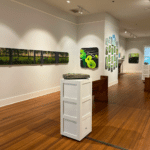
BE IN THE KNOW
CURRENT
EXHIBITS
Every year the Coastal Discovery Museum hosts between 6 and 8 temporary exhibits. This is the place on the island to see new exhibits on nature, history, culture, and art. With many of our local art exhibits, you can also purchase a piece to take home. There is always something new to love in our temporary exhibit gallery. Check our event calendar to find visiting artist talks, workshops, or special programs.
Learn More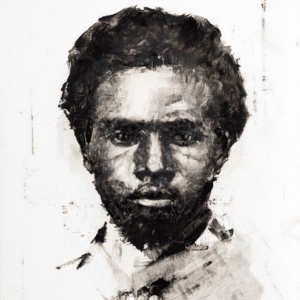
CURRENT
EXHIBITSEvery year the Coastal Discovery Museum hosts between 6 and 8 temporary exhibits. This is the place on the island to see new exhibits on nature, history, culture, and art. With many of our local art exhibits, you can also purchase a piece to take home. There is always something new to love in our temporary exhibit gallery. Check our event calendar to find visiting artist talks, workshops, or special programs.

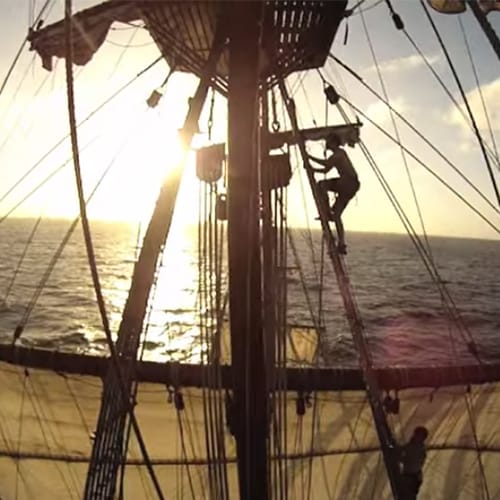
SANTA
ELENA
Discover the story of 16th Century Hilton Head and its impact on North American colonization. Building on the research and exhibits of the Santa Elena History Center, the Coastal Discovery Museum is building a new museum on our property to continue researching, preserving, and promoting the first Europe's first colonial capital in North America - Santa Elena.
Before Jamestown and Plymouth, there was a bustling European capital in Beaufort County! Founded in 1566 the town of Sana Elena was more than just an outpost; there were potters, blacksmiths, and entire families brought over from Spain to live on our shores. To connect to ongoing archaeology, historical research and educational resources, click "learn more" and start learning about this fascinating story.
SANTA
ELENADiscover the story of 16th Century Hilton Head and its impact on North American colonization. Building on the research and exhibits of the Santa Elena History Center, the Coastal Discovery Museum is building a new museum on our property to continue researching, preserving, and promoting the first Europe's first colonial capital in North America - Santa Elena.
Before Jamestown and Plymouth, there was a bustling European capital in Beaufort County! Founded in 1566 the town of Sana Elena was more than just an outpost; there were potters, blacksmiths, and entire families brought over from Spain to live on our shores. To connect to ongoing archaeology, historical research and educational resources, click "learn more" and start learning about this fascinating story.

HISTORICAL
BUILDINGS
As you walk along our trail, you will see nine historic buildings. The oldest is the Discovery House, started in 1859. The oldest wooden structure on Hilton Head Island, it dates to the time when Honey Horn was a plantation. Union forces used it in the Civil War and other owners added onto it over the years. Several buildings along our paths are from the 1930's and 40's – identified by their brick foundations. Many of these were built when the property was owned by Loomis and Thorne and operated as a seasonal hunting retreat for family and friends. The most recent historical buildings were constructed after the bridge and have cement block walls. These buildings date to when this was the Hack family home and farm.
Learn More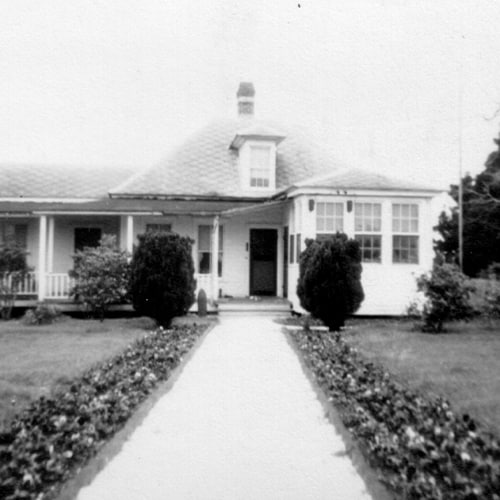
HISTORICAL
BUILDINGSAs you walk along our trail, you will see nine historic buildings. The oldest is the Discovery House, started in 1859. The oldest wooden structure on Hilton Head Island, it dates to the time when Honey Horn was a plantation. Union forces used it in the Civil War and other owners added onto it over the years. Several buildings along our paths are from the 1930's and 40's – identified by their brick foundations. Many of these were built when the property was owned by Loomis and Thorne and operated as a seasonal hunting retreat for family and friends. The most recent historical buildings were constructed after the bridge and have cement block walls. These buildings date to when this was the Hack family home and farm.

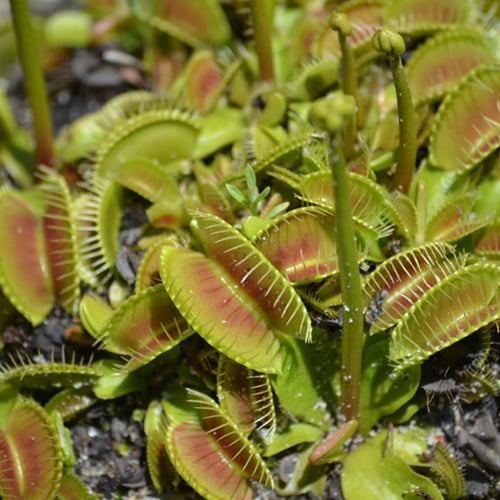
GROUNDS
AND GARDENS
Come stroll through 68-acres of trails, gardens, live oaks, salt marsh, and open fields. You can see our horses out grazing in their pasture or walk into our butterfly habitat in the summer when it is full of life - both butterflies and flowers. Enjoy our outdoor sculptures and have a picnic under the shade of an historic live oak. You might visit to explore and learn about the natural history and cultural heritage of the Lowcountry, but you may leave with a sense of the Island's peace and tranquility that you can only find at Honey Horn.
Don't forget to get photos with the family so you can take all your memories back home and think about what you want to do next time you visit!
GROUNDS
AND GARDENSCome stroll through 68-acres of trails, gardens, live oaks, salt marsh, and open fields. You can see our horses out grazing in their pasture or walk into our butterfly habitat in the summer when it is full of life - both butterflies and flowers. Enjoy our outdoor sculptures and have a picnic under the shade of an historic live oak. You might visit to explore and learn about the natural history and cultural heritage of the Lowcountry, but you may leave with a sense of the Island's peace and tranquility that you can only find at Honey Horn.
Don't forget to get photos with the family so you can take all your memories back home and think about what you want to do next time you visit!

